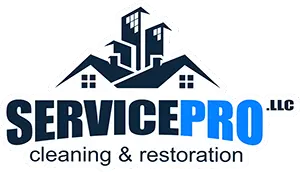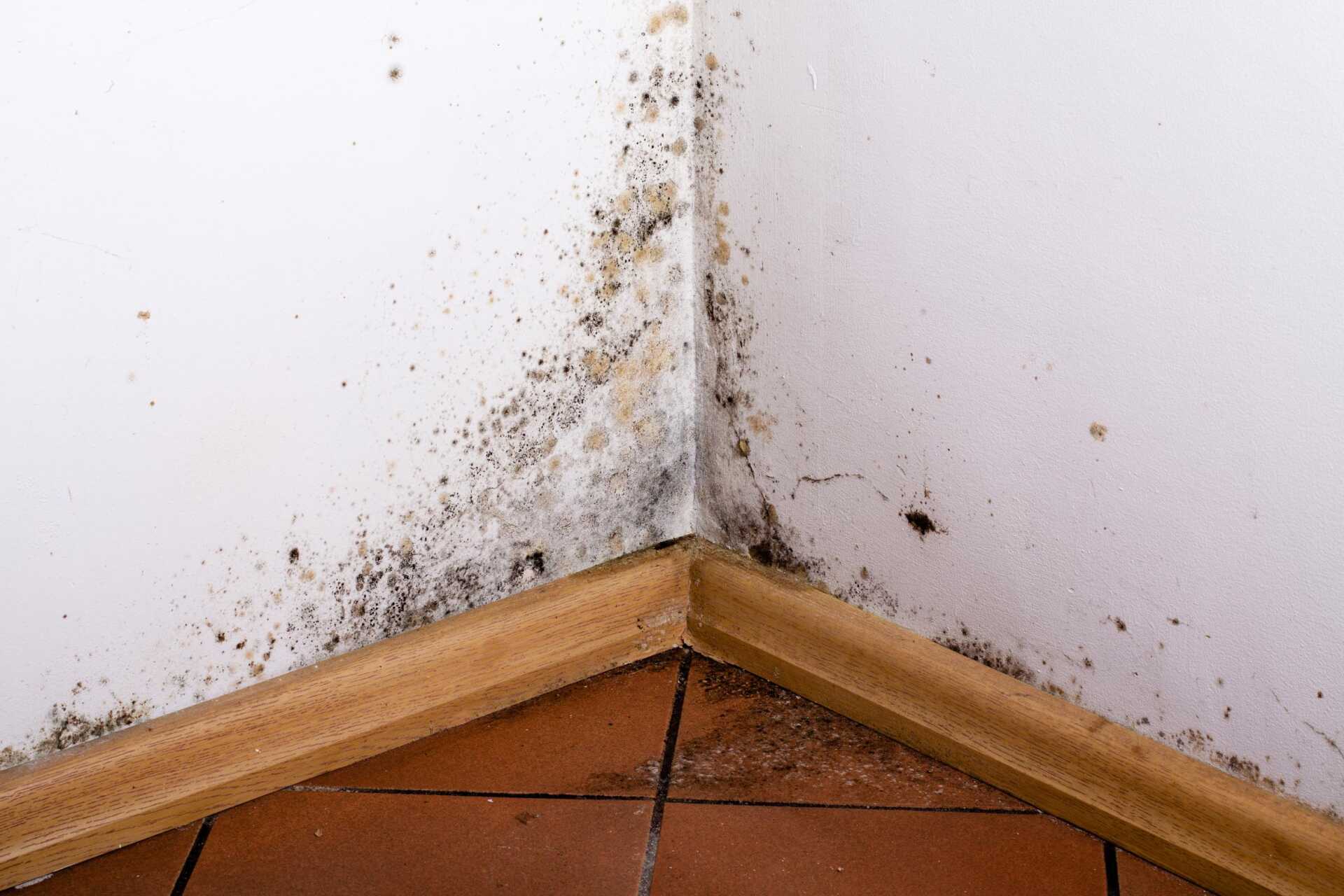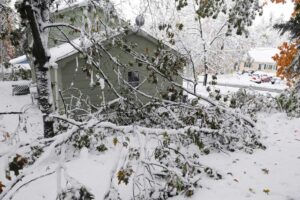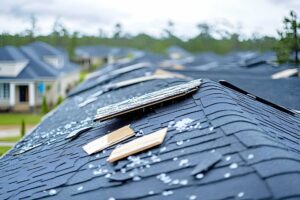Quick and effective flood cleanup is essential for property preservation and preventing serious health risks like mold growth. Understanding how to tackle these challenges on a budget can make all the difference. Let’s explore practical solutions that can help you manage flood aftermath and mold issues effectively.
Key Takeaways
- Use a shop vacuum to quickly remove standing water and prevent further damage during flood cleanup.
- Implement a bleach and water solution to clean and sanitize surfaces, reducing mold growth risk.
- Wear protective gear, including gloves and masks, to ensure safety during the cleanup process.
- Invest in energy-efficient dehumidifiers and fans to effectively dry out affected areas after flooding.
- Regularly inspect and maintain gutters to prevent water pooling and minimize future flooding risks.
Understanding the Importance of Quick Flood Cleanup
When floodwaters invade your space, acting quickly isn’t just advisable—it’s vital.
The longer you wait, the more extensive the flood damage becomes, creating physical disruption and emotional distress for you and your loved ones.
It’s imperative to recognize that cleanup urgency is directly tied to preventing mold growth, which can start within just 24 to 48 hours after water exposure.
Essential Tools for Budget-Friendly Flood Cleanup
While you may feel overwhelmed by the aftermath of a flood, having the right tools can streamline the cleanup process and keep costs manageable.
To tackle flood cleanup effectively, consider investing in these essential tools:
Shop Vacuum: A powerful shop vacuum can help you remove water quickly and efficiently from various surfaces. It’s a must-have for effective cleanup.
Mold Cleaner: Having a reliable mold cleaner on hand will help you address potential mold growth right away, reducing health risks and further damage.
Protective Gear: Don’t overlook the importance of gloves, masks, and waterproof boots. These items keep you safe while you work, allowing you to focus on the task at hand.
With these essential tools, you can approach flood cleanup with confidence, knowing you’re equipped to handle the challenges ahead.
Your community can offer support, and together, you can overcome this obstacle.
Step-by-Step Guide to DIY Flood Cleanup
After a flood, tackling cleanup may seem overwhelming, but breaking it down into manageable steps can make the process more achievable.
First, prioritize flood safety: wear protective gear like gloves and boots. Start by evaluating the damage and documenting everything for insurance claims.
Once you’ve made the evaluation, begin removing water using pumps or wet vacuums, ensuring all electrical sources are turned off beforehand.
Next, take out all soaked materials, such as carpets and furniture, to prevent mold growth. Use fans and dehumidifiers to dry the area thoroughly. Remember, mold can start growing within 24-48 hours, so act quickly.
Finally, clean and sanitize all surfaces with a mixture of water and bleach, following restoration tips to prevent future damage.
Cost-Effective Mold Prevention Strategies
To prevent mold from taking hold in your home, it’s essential to implement cost-effective strategies that address moisture control and air circulation.
By focusing on preventive maintenance, you can create a less hospitable environment for mold. Here are three practical strategies you can adopt:
Regularly Inspect and Maintain Gutters: Confirm your gutters are clean and draining properly to prevent water from pooling near your foundation.
Use Dehumidifiers: Invest in energy-efficient dehumidifiers for damp areas like basements and bathrooms to reduce humidity levels.
Enhance Ventilation: Open windows when weather permits and use exhaust fans in kitchens and bathrooms to improve air circulation and reduce moisture.
Natural Remedies for Mold Removal
If you’ve discovered mold in your home, using natural remedies can be an effective and environmentally friendly way to tackle the problem.
One popular solution is baking soda, which helps absorb moisture and acts as a mild abrasive to scrub away mold. Mix a quarter of a tablespoon with water to create a paste, apply it to the affected area, and scrub gently.
Another powerful option is vinegar solutions. Vinegar’s acidity kills most types of mold, making it a fantastic choice for cleanup. Simply pour white vinegar into a spray bottle, apply it directly to the moldy surface, and let it sit for at least an hour before wiping it away.
These remedies aren’t only budget-friendly and safe for your home and family. By embracing these natural solutions, you’re taking proactive steps towards a healthier living environment.
When to Call in the Professionals
Knowing when to call in professionals can save you time, money, and health risks.
If the damage from flooding is extensive, or if you notice mold growth that could pose health threats, it’s essential to seek expert help.
Professionals have the necessary equipment and expertise to handle severe situations effectively and safely.
Severity of Damage
Evaluating the severity of damage after a flood is essential in determining whether you can tackle the cleanup yourself or need to call in professionals.
A thorough flood assessment and damage evaluation can save you time and money. Consider these three factors before deciding:
Extent of Water Damage: If water has reached electrical systems, walls, or foundations, professional help is vital.
Material Saturation: If structural elements like drywall or flooring are soaked, they may require expert remediation to prevent mold growth.
Safety Concerns: If you notice signs of structural instability or hazardous materials, it’s best to leave it to the pros.
Health Risks Present
While evaluating flood damage, it’s crucial to recognize the potential health risks that can arise during cleanup. Ignoring these risks can lead to serious health complications, especially if mold exposure occurs. If you notice any of the following signs, it’s time to call in the professionals.
| Signs of Health Risks | Action Required |
|---|---|
| Visible mold growth | Seek professional help |
| Musty odors | Investigate immediately |
| Respiratory issues | Consult a doctor |
| Skin irritations | Get medical advice |
| Fatigue or headaches | Evaluate your environment |
Addressing these concerns promptly can safeguard your health and maintain a safer living space. Don’t underestimate the importance of professional assistance in such situations.
Equipment and Expertise Needed
When flood damage occurs, having the right equipment and expertise is essential for effective cleanup and mold prevention.
While you might handle minor issues yourself, it’s vital to know when to call in professionals for flood restoration and mold remediation.
Here are three key items they bring:
Industrial-Grade Dehumidifiers: These powerful machines remove moisture quickly, preventing mold growth.
Water Extraction Tools: Professionals use specialized pumps and vacuums to eliminate standing water efficiently.
Mold Testing Kits: Experts can identify mold types and concentrations, guiding remediation efforts effectively.
Long-Term Solutions for Water Damage and Mold Issues
To effectively address water damage and mold issues in the long term, you’ll need a thorough approach that goes beyond immediate cleanup.
Start with long-term maintenance strategies that include regular inspections and prompt repairs to leaks. By identifying potential problem areas early, you’ll save yourself time and money down the line.
Consider using sustainable materials during repairs. Opt for mold-resistant drywall and paints, as they can considerably reduce the likelihood of future mold growth.
Additionally, ensure proper ventilation and humidity control in your space; installing dehumidifiers can greatly help.
Establishing a routine for monitoring moisture levels will keep your home safe and healthy.
Engage with your community for shared experiences and solutions, as collective knowledge can often lead to innovative strategies.
Final Thoughts
Acting quickly after a flood is essential to minimize damage and health risks, much like a firefighter extinguishing a blaze before it spreads. By employing budget-friendly tools and strategies, you can tackle cleanup and mold prevention effectively. Remember, while DIY approaches can be beneficial, don’t hesitate to call in professionals for severe cases. Regular maintenance and vigilance are your best allies in preventing future issues and ensuring your home remains safe and healthy for years.




